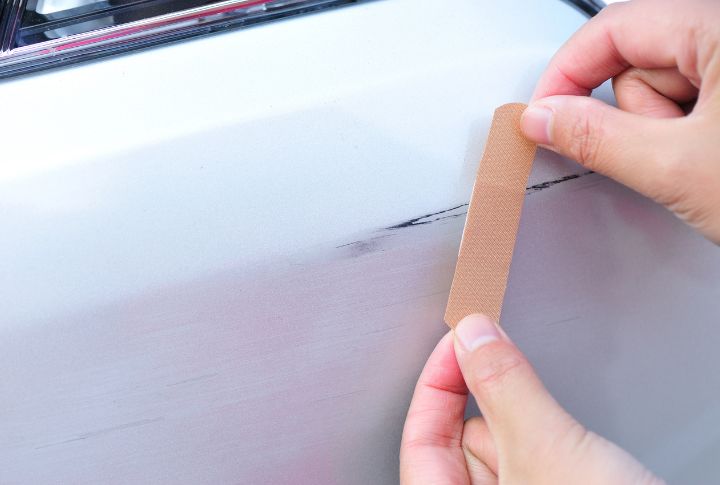
Nobody likes seeing unsightly scratches on their precious ride. The good news is you don’t have to live with those pesky imperfections. With some elbow grease and techniques, you can easily tackle minor scratches and keep your car looking showroom-fresh. Check out these 15 tried-and-trusted tips to make those blemishes disappear for good.
Assess the Damage

First, examine the scratch closely to determine its depth. Shallow, superficial scratches that only affect the clear coat are more accessible to address than deeper ones that penetrate the paint. Choosing the appropriate repair method is vital for completing a job successfully.
Wash and Dry Thoroughly
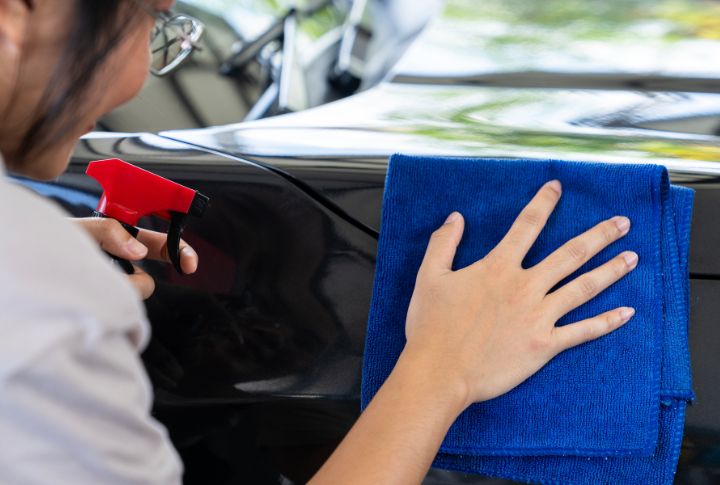
After examining the scratch, you should wash and dry the concerned area to remove any dirt that could interfere with the repair process. Make sure the surface is clean and free of any obstacles before proceeding. This will give you a better result.
Use Scratch Repair Pens
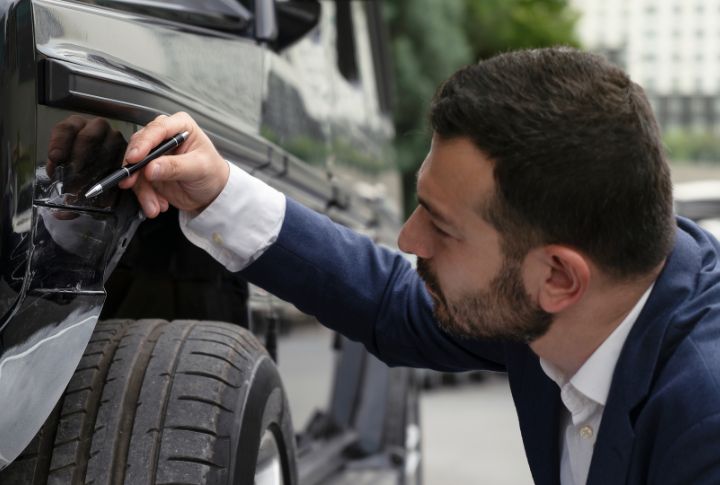
When applied carefully, these handy pens contain color-matched paint that can help blend in light scratches. Fill in the scratch, dry it, and buff it out for a seamless finish. Remember, these pens are solely for light scratches, so don’t be surprised if they don’t work on deeper ones.
Try a Scratch Repair Cloth

These specialized microfiber cloths are engineered to help lift out light scratches with some elbow grease. Gently rub the affected area using the fabric to help smooth out the blemish.
Try Scratch Removal Kits
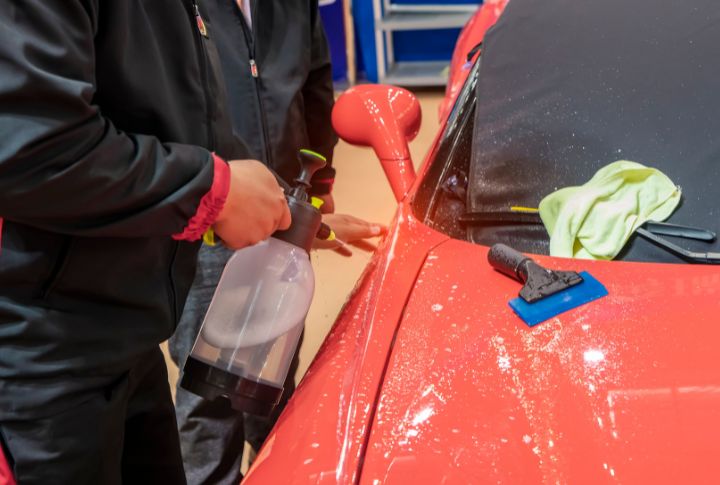
Dedicated scratch removal kits often include polishing compounds, applicators, and step-by-step instructions to help you safely and effectively address minor blemishes. These products are designed to rub the surface and gently restore the original paint luster.
Employ Rubbing Compound
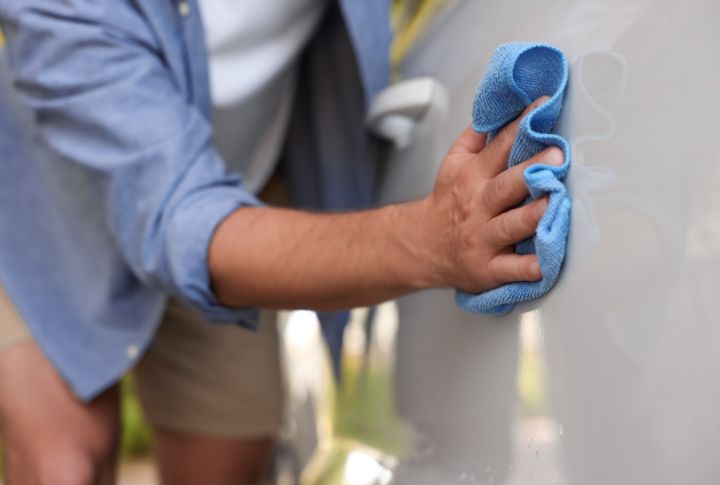
Apply a small amount of high-quality rubbing compound to the scratch using a clean, soft cloth and gently rub in a circular motion. The compound’s abrasives will help smooth the surface and blend the scratch into the surrounding area.
Invest in a Dual-Action Polisher

This versatile tool can help you tackle scratches more efficiently than manual buffing. The random motion of a dual-action polisher can help smooth out the scratch while minimizing the risk of damaging the paint.
DIY with Toothpaste
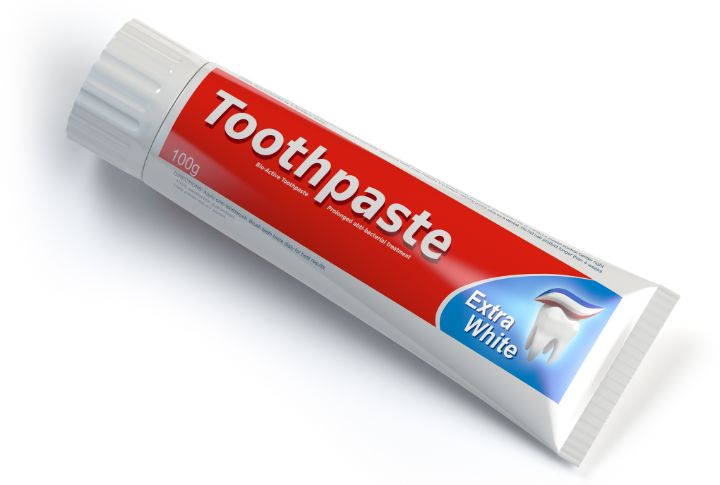
Believe it or not, a dab of non-gel toothpaste can work wonders on light scratches. The toothpaste’s mild abrasives can help clear superficial blemishes. Just be sure to use a small amount and buff it out thoroughly.
Leverage Nail Polish
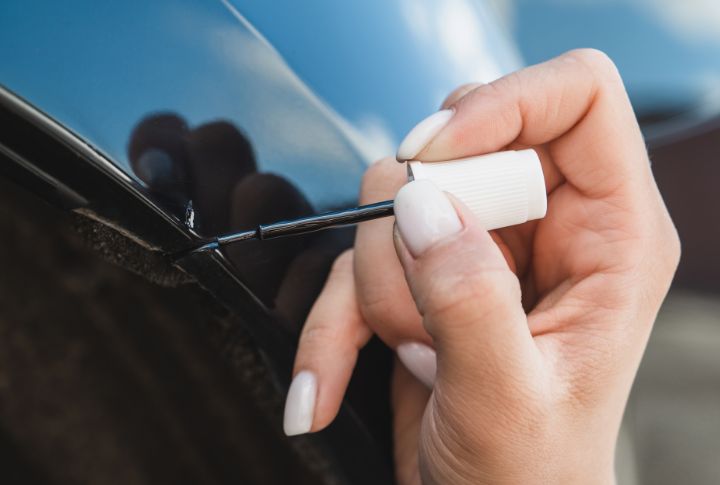
Nail polish doesn’t just look good on nails. A matching nail polish can do the trick for super-shallow scratches on your car that only affect the clear coat. Carefully apply a thin layer, let it dry, and then buff it out for a seamless finish.
Leverage Scratch Filler Sticks
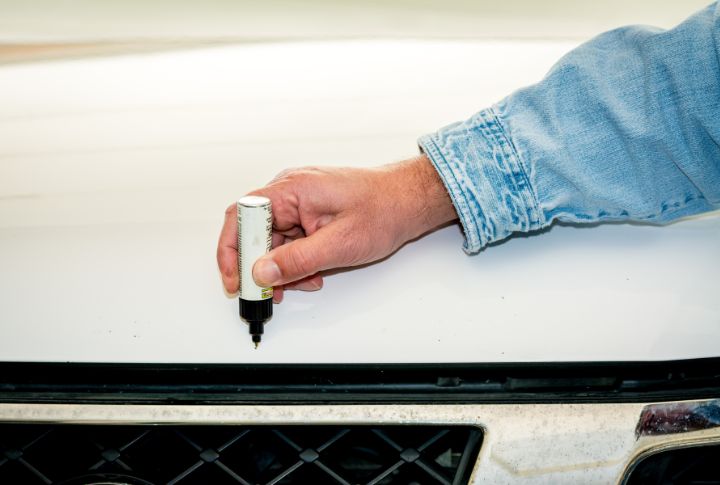
These waxy, color-matched sticks are designed to fill in shallow scratches and blend them into the surrounding paint. Apply a small amount, let it dry, and then buff it out for a seamless finish.
Opt for a Scratch Repair Spray

Spray-on scratch repair products offer a quick and easy solution for minor blemishes. These formulas often contain polishing agents that can help mask and blend the scratch when applied according to the instructions.
Use Baking Soda and Water

Did you know this baking ingredient can save your car’s appearance in an emergency? Make a paste with baking soda and water, then gently rub it into the scratch using a soft cloth. The baking soda’s gentle abrasives can help smooth the surface without damaging the paint.
Embrace Car Wax
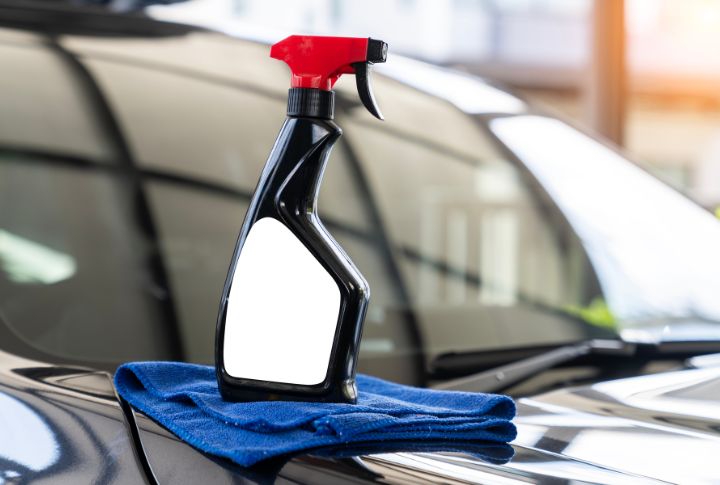
Applying a high-quality car wax can help disguise and fill in minor scratches, enhancing the overall appearance of your vehicle’s finish. The wax acts as a protective barrier and helps smooth out imperfections.
Explore Scratch Repair Pads
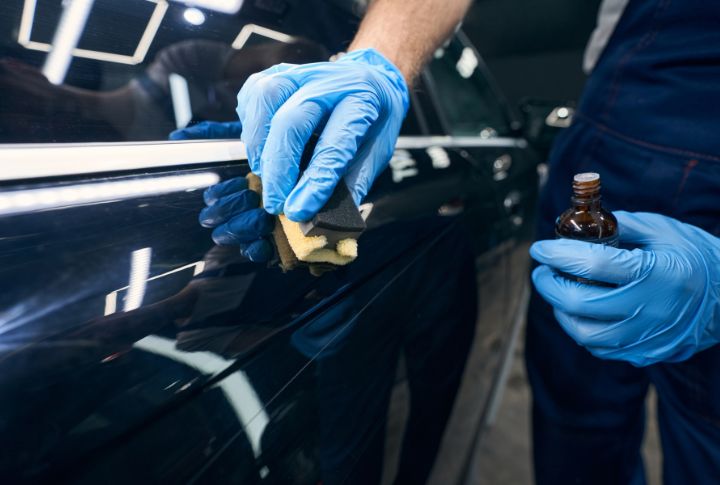
Abrasive pads are designed to gradually buff out light scratches without damaging the surrounding paint. Carefully rub the pad over the affected area, following the product instructions.
Prevent Future Scratches
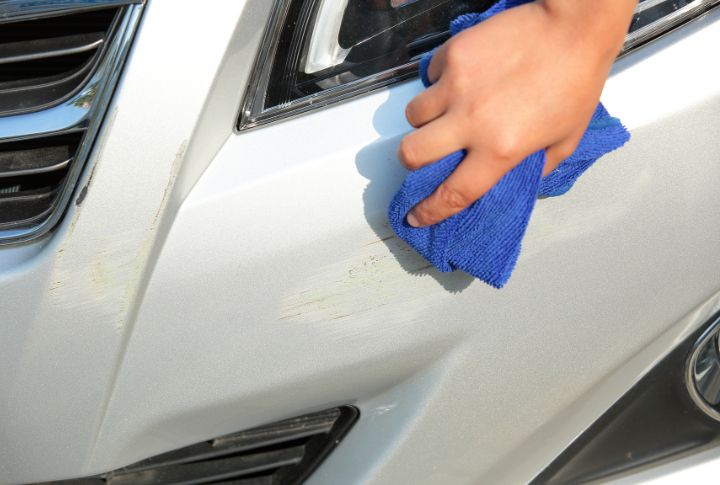
The best way to deal with scratches is to avoid them in the first place. Regular washing, waxing, and being mindful of your surroundings can help minimize the risk of future blemishes. Taking proactive steps to protect your car’s paint can save you time and hassle in the long run.
